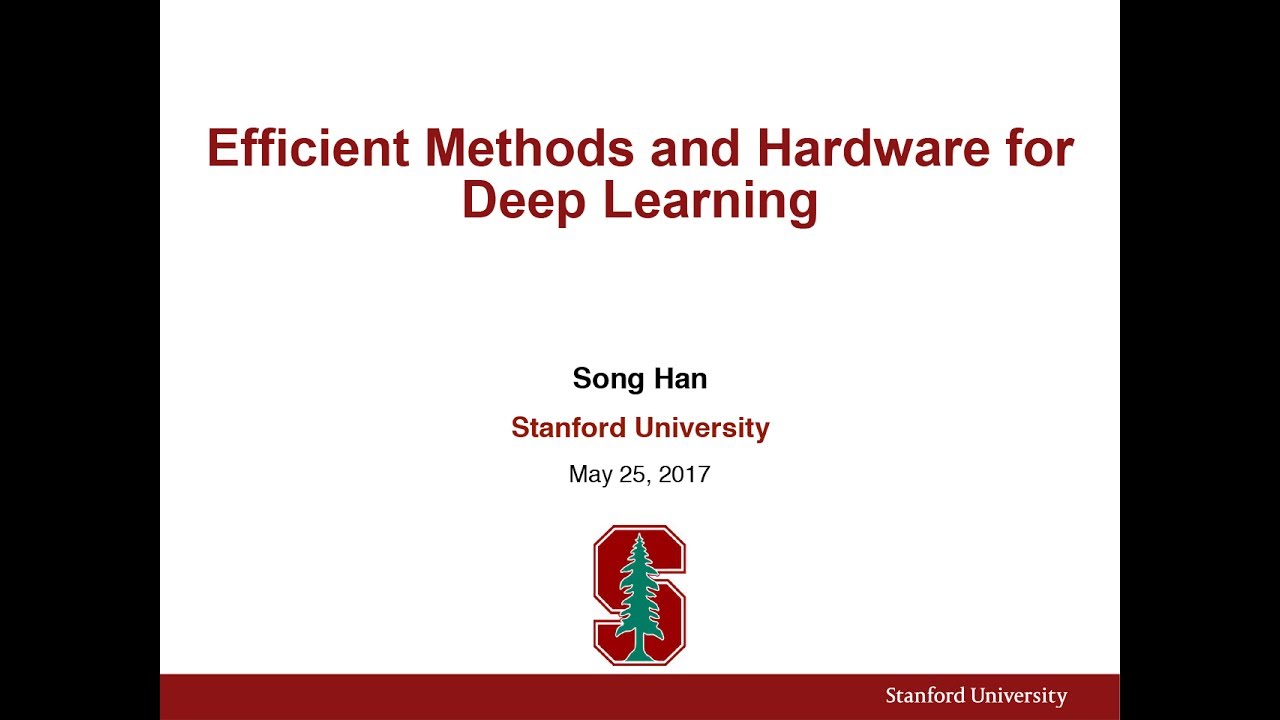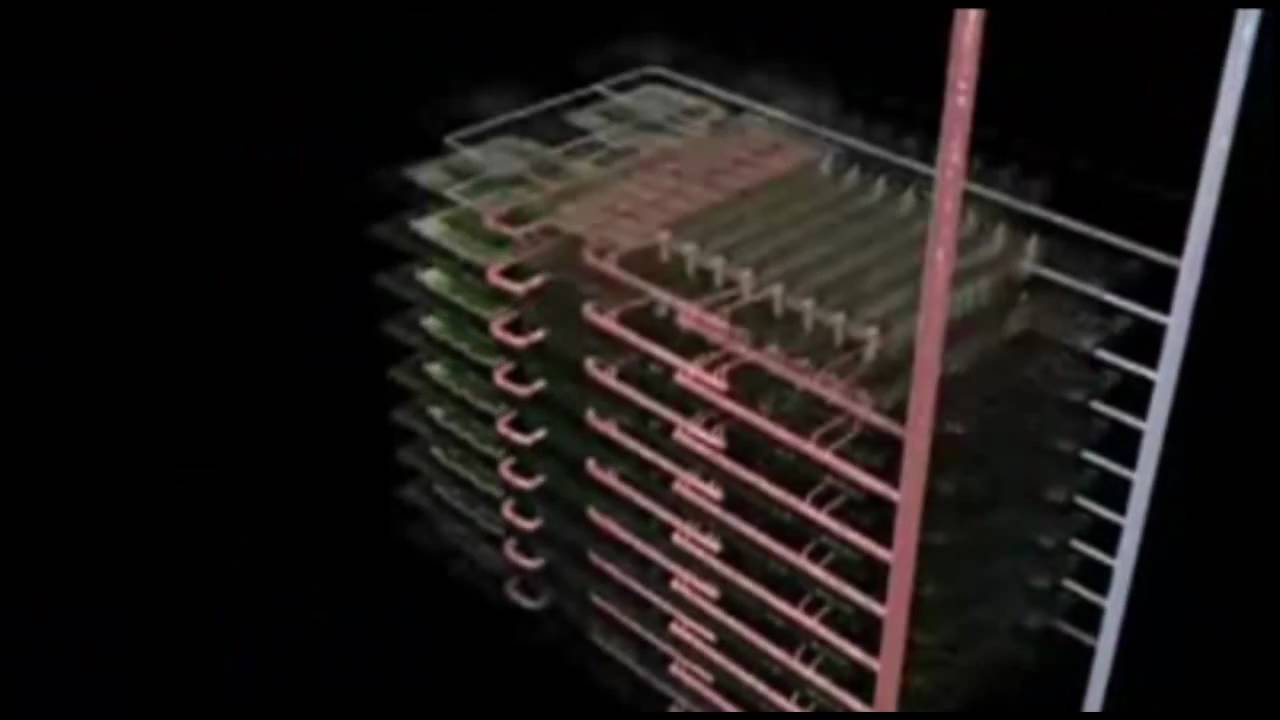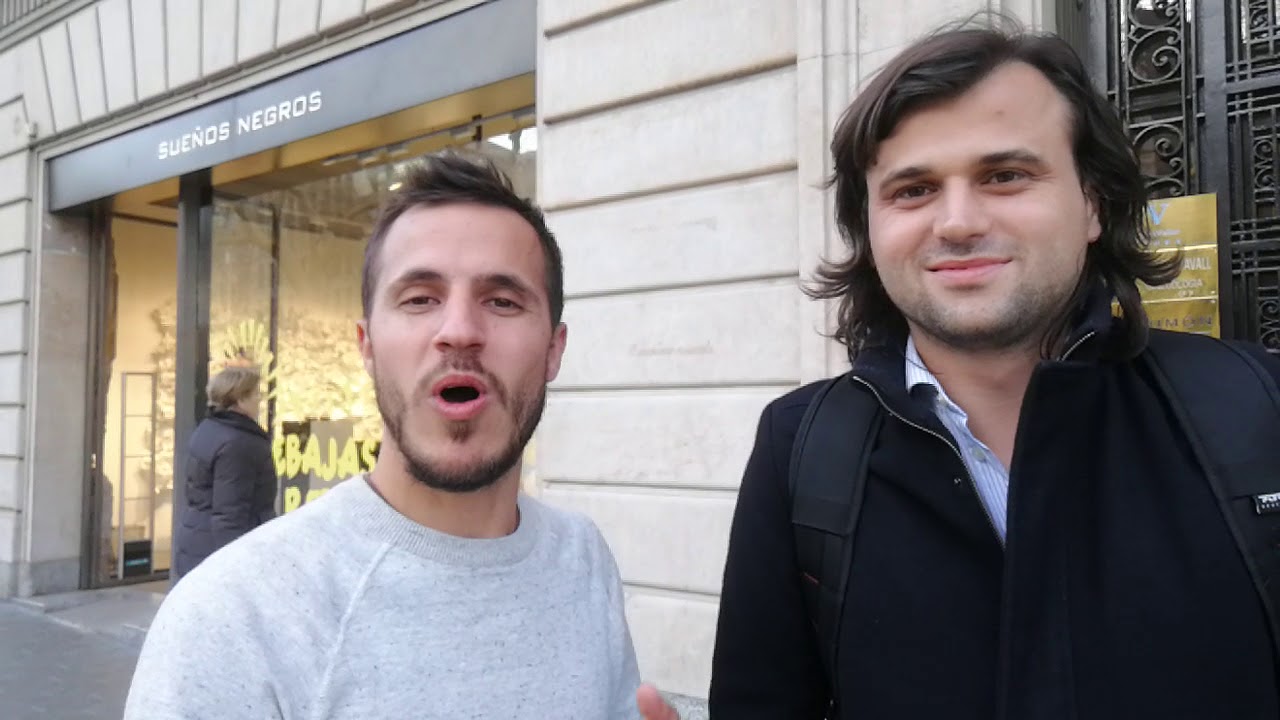Stanford University School of Engineering
In Lecture 15, guest lecturer Song Han discusses algorithms and specialized hardware that can be used to accelerate training and inference of deep learning workloads. We discuss pruning, weight sharing, quantization, and other techniques for accelerating inference, as well as parallelization, mixed precision, and other techniques for accelerating training. We discuss specialized hardware for deep learning such as GPUs, FPGAs, and ASICs, including the Tensor Cores in NVIDIA’s latest Volta GPUs as well as Google’s Tensor Processing Units (TPUs).
Keywords: Hardware, CPU, GPU, ASIC, FPGA, pruning, weight sharing, quantization, low-rank approximations, binary networks, ternary networks, Winograd transformations, EIE, data parallelism, model parallelism, mixed precision, FP16, FP32, model distillation, Dense-Sparse-Dense training, NVIDIA Volta, Tensor Core, Google TPU, Google Cloud TPU
Slides: http://cs231n.stanford.edu/slides/2017/cs231n_2017_lecture15.pdf
————————————————————————————–
Convolutional Neural Networks for Visual Recognition
Instructors:
Fei-Fei Li: http://vision.stanford.edu/feifeili/
Justin Johnson: http://cs.stanford.edu/people/jcjohns/
Serena Yeung: http://ai.stanford.edu/~syyeung/
Computer Vision has become ubiquitous in our society, with applications in search, image understanding, apps, mapping, medicine, drones, and self-driving cars. Core to many of these applications are visual recognition tasks such as image classification, localization and detection. Recent developments in neural network (aka “deep learning”) approaches have greatly advanced the performance of these state-of-the-art visual recognition systems. This lecture collection is a deep dive into details of the deep learning architectures with a focus on learning end-to-end models for these tasks, particularly image classification. From this lecture collection, students will learn to implement, train and debug their own neural networks and gain a detailed understanding of cutting-edge research in computer vision.
Website:
http://cs231n.stanford.edu/
For additional learning opportunities please visit:
http://online.stanford.edu/
Source



